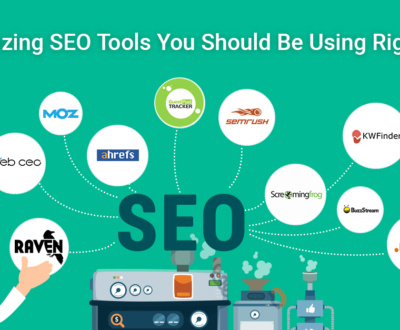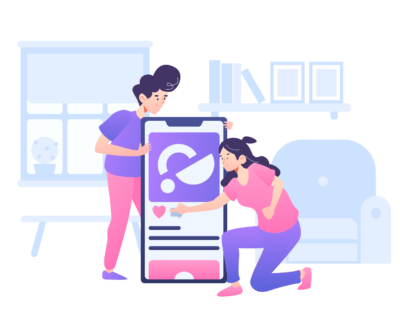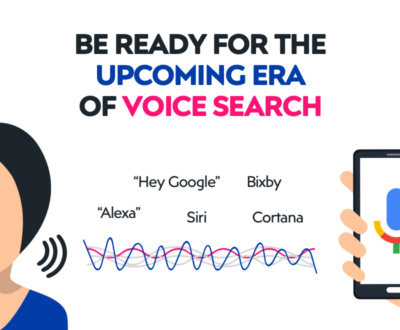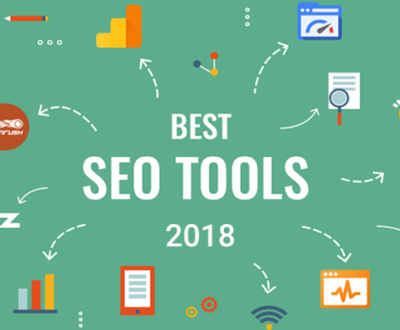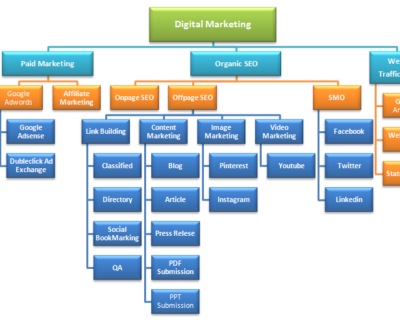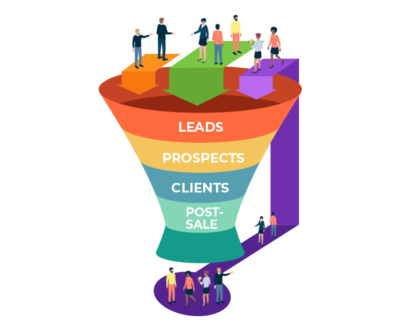What is Image Optimization
Image optimization is a process that ensures that images embedded in a web page do not slow down the page, have appropriate tags, and optimize file size and type. This helps to give the image search engine the right context. The main purpose of image optimization is:
- Add more website optimization efforts to help you get better website rankings
- Make sure the images are visible in the vertical section of Google Image Search
One of the key KPI image optimization is; for the relevant search query, the number of impressions and clicks on pages mixed with images. You can use the search console tool to check these metrics over time. But don’t forget to change the web search type to images as well.
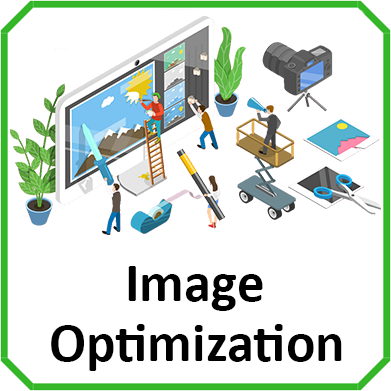
Why is Image Optimization necessary?
Image optimization helps in improving the page speed, enhancing the user experience. It is one of Image optimization helps improve page speed, improve user experience. This is one of the seo techniques on the site that can affect a site’s ranking. If the image fits well in the Google Image Search section, there is an opportunity to get organic sessions to your site, which will help increase organic search traffic.
Before we jump into Optimization tips, let’s look into the importance of optimizing web images in detail:
- Improved Page Speed
The load time of each website should be kept to a minimum. Waiting for users just because you have a media-rich site can drive them away. Therefore, image optimization plays an important role in reducing page load speeds. Often most of the weight of a website or webpage carries images and optimization can shorten the page load time.
Image optimization is a technique that provides high quality images of web pages in the correct format while keeping the image size as small as possible.
High quality images are essential to maintaining the quality of your site. Therefore, it is important to choose the right size, size and format of the images you upload to your site. For example, JPEG is more environmentally friendly than PNG.
- Enhanced User Experience
As mentioned earlier, visitors can easily leave the site if the page takes too long to load. Now that you know what image optimization is, you can implement it in general to improve the user experience. The webpage should load and display in 2-3 seconds. Usually, if your website has implemented good image optimization, it means that the website load time is almost the same on all different devices that use the same internet connection. This is the first pillar of improving the user experience of your site.
It’s important to ensure that your website loads quickly, not only on computers, but also on devices such as smartphones and tablets. This will not only encourage users to stay on your site longer, but also to look at the services / products offered.
- Improved SEO Rankings
Page load time has been shown to be an important factor in determining a website’s search engine rankings. Google has also begun to consider page load speed as an important element in determining page rank. This development has become difficult for many websites to navigate and they need to improve their image optimization game to ensure that the page load speed is as low as possible.
This proves that it is essential that image optimization is performed in full before or after the site is launched, so as not to affect search engine rankings. Every digital marketer by 2020 knows how important it is for every website to have good search engine rankings. With high SEO rankings, your site not only has a better chance of being clicked on, but it also has a chance to positively influence users by offering a holistic, self-interested user experience. The following point explores this in more depth.
- Increased Conversions
The immediate effect of good search engine rankings is to increase traffic to your website. This means you attract more leads to your site, more users, and more conversion opportunities. For example, one study found that 79% of visitors who were dissatisfied with a page’s loading speed were unwilling to communicate with the same page. This is clear evidence why image optimization is an essential part of designing and maintaining any website.
If your site is well optimized and has quality content (including images), we encourage visitors to share it with their links that may be of interest to the same thing. This brings in a lot of site visitors and increases the chances of many conversations.
10 tips that will help you with image SEO.
- Image File Type
Image file type impacts the page speed parameters, which makes it essential to choose the correct file type for your image. The three commonly used file types by websites are – JPEG, GIF, and PNG. The differentiating factor between these 3 file types is their size. PNG has the largest size, followed by GIFs and then JPEG images. You might be wondering; which file type should be used? The below flow chart will help you in deciding the file type:

Also, wherever possible, ensure that the size of the file does not exceed 100 KB. You can take the help of image compression tools if the initial size of the file is large. Below are a few image compression tools that you can use:
- Image Name
Though Google has made great advancements in machine learning, however, it does help Google if we add context to our images using the file name. For example, if the image created is related to biscuits, it is recommended to name the file as ‘biscuits.jpg’ and not an autosave file name which is usually in the form of ‘img324.jpg’.
Note: Name an image using the keyword for which you want the image to rank for.
- Image Path or Image URL
It is observed that most of the websites have web pages in the relevant folder, which is not the case with images. Images are usually added in one folder only. Adopting a similar strategy for including images in relevant folders of the website adds more context to the image. For example, if your website is an online grocery store, below image URL structure is recommended:
www.onlinegrocery.com/snacks/chocolates.jpg
www.onlinegrocery.com/dairy/breads.jpg
- Image Alt Tag
Image alt text or alternative text is another attribute that helps in indicating the context of an image to the search engines. It is used by screen readers that help people with visual impairment to browse the web and also gets displayed when there are issues with rendering of the image. This helps in improving the user experience and is also one of the Google ranking factors. The length of the text should be below 100 characters.
Note: Site optimization tools or third party crawlers like screaming frog can help in identifying the images which do not have alt text or have alt text with more than 100 characters
<img src=”www.onlinegrocery.com/snacks/chocolates.jpg” alt=”Nestle Chocolates”>
- Image Title Tag
Image title text provides another opportunity to add relevance to the webpage as well as the image. This text gets displayed when the user hovers over the image. Similar to alt text, you can use image title text to add more context to the image.
<img src=”www.onlinegrocery.com/snacks/chocolates.jpg” alt=”Nestle Chocolates” title=”Different chocolates by Nestle Brand”>
- Image Sitemap
Having an XML Sitemap is a common point in various Technical SEO Checklists. However, webmasters tend to ignore the absence of an image sitemap. It is recommended to have an image sitemap to increase the likelihood of your website image’s to appear in the vertical image search of Google. Having an image sitemap helps Google to discover images that are served through Javascript code, which it might not find otherwise. You can create a different sitemap to list all the images, or you can add the information in the existing sitemap. Below is an example of a sitemap entry of a page which contains two images:

- Integrating unique and responsive images
Avoid using standard images to stand out and give a better user experience. The more unique and high quality images you have on your site, the better the chances of placement. Be sure to test whether your images respond to different devices or not. See how these images appear on your mobile, computer or tablet to ensure a good user experience.
- Use CDN
Rather, a content delivery network is a geographically distributed set of servers where data can be stored and used as a user nears the site. Although this seems like a great simplification, you can compare CDN to hyperlocal delivery. Instead of sending packets (for example, in this way, the image optimization process reduces bandwidth consumption without reducing the loading speed.
The use of CDN is one of the least hanging fruits of image optimization. If you do not use CDN as a platform, you can host the images on the same server along with other website components. By switching image hosting to CDN, you can increase the loading speed and improve the viewing experience. This will also work for users with connectivity issues.
While CDNs are a good solution, they have backlink problems. When users click on an indexed image hosted on a CDN, they may be redirected to a CDN link instead of to your site. The big rule is – if you have several thousand visitors to your site every day, you don’t need a CDN. However, if you host hundreds of thousands or even millions of visitors from different geographic areas, CDN will make image retrieval more efficient.
- Lazy Loading
Let’s use another analogy. Why do you need a switch in your home? Why can’t you just have the AC on all the time? Because a switch ensures the power is available to your electronic devices right when you are using them. This reduces power consumption and subsequent costs associated with it. Lazy loading uses the right logic, but for image optimization. For example, suppose you have a picture in the middle of a page. In slow loading, the image loads as the user scrolls the page. This way, you can load the first half of your site without overloading the image.
SEO experts may not be able to give you a fair answer to the question of whether lazy loading will lead to image optimization and better SEO results. This is because Google has not yet identified its view on the effect of lazily retrieving search engine results. However, the search engine has always shown that lazy loading leads to a faster page load and may not directly support your SEO efforts.
Google’s PageSpeed Insight also recommends lazy loading as an effective image optimization technique. If you have a custom site, you may need professional help to handle the lazy image loading. With WordPress and other content management systems, you need to find common plugins that can do it for you.
- Browser Caching
If you implement “image optimization” in Google, there’s a good chance that browser caching will only be mentioned in more advanced results. This is because the term ‘caching’ is often associated with back-end processes and is therefore considered technical. However, this concept is easy to understand.
Caching is a way of storing temporary files on a user’s system. So the next time a user visits your site, you can automatically merge these files, save bandwidth and provide a personalized experience. The same idea applies to browser caching for image optimization.
If you don’t use the browser’s cache to optimize your images, the user will retrieve the image from the links each time they visit your site. PageSpeed Insight alerts you if your site has better image optimization and faster browser caching.
For WordPress sites, you can use W3 Total Cache to enable browser caching.
Conclusion
Image optimization techniques ensure that the image title, path, alt, and title tag provide search engines with the correct context for the image. Also select the image file type according to what you want to achieve in the image, and keep the file size.
About us and this blog
We are a digital marketing company with a focus on helping our customers achieve great results across several key areas.
Request a free quote
We offer professional SEO services that help websites increase their organic search score drastically in order to compete for the highest rankings even when it comes to highly competitive keywords.
Subscribe to our newsletter!
More from our blog
See all postsRecent Posts
- What are Web Stories and their importance? July 30, 2022
- What are Paid Ads and Advantages of Paid Ads? July 29, 2022
- How Web 2.0 is Different from the Web 3.0? July 28, 2022



